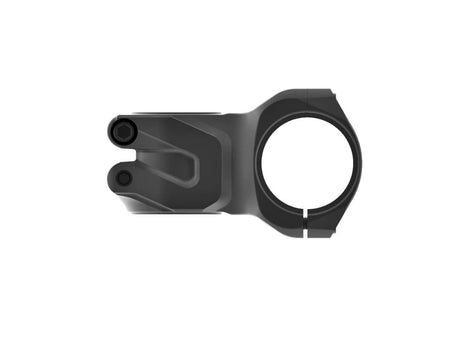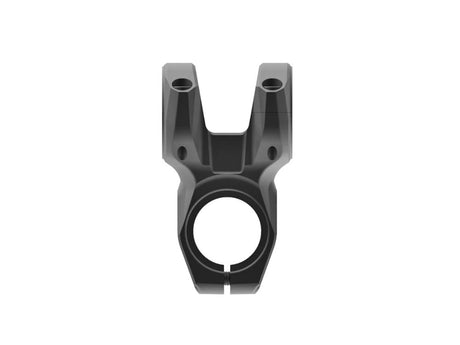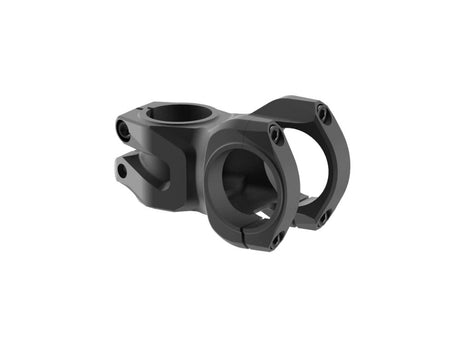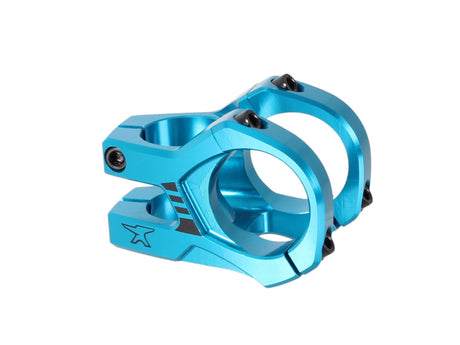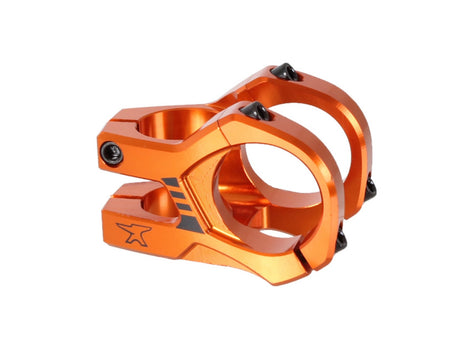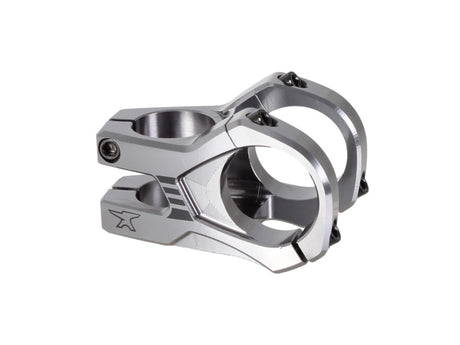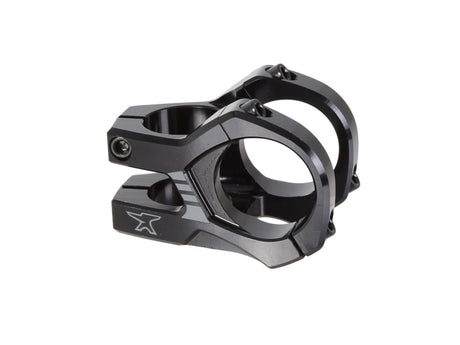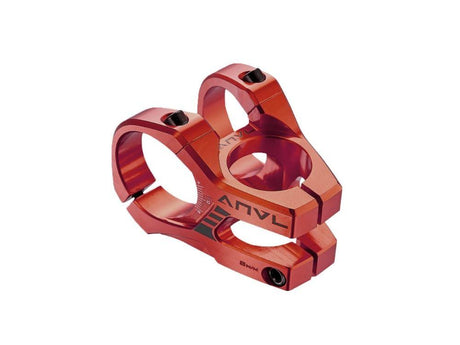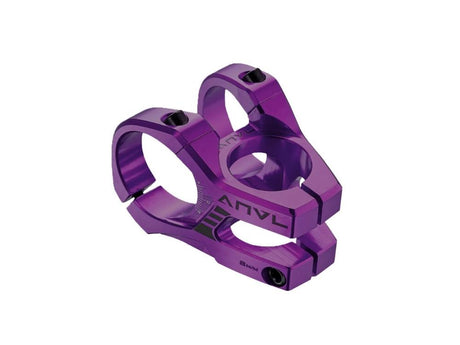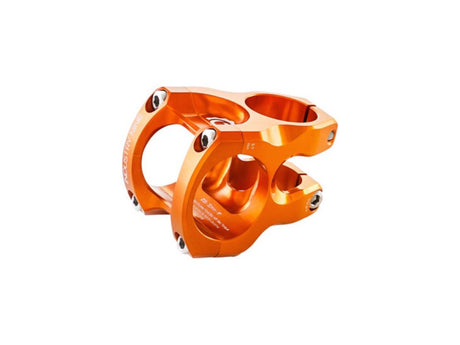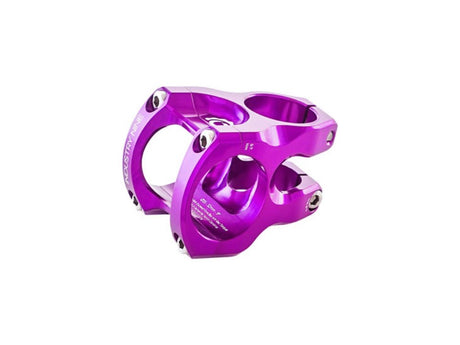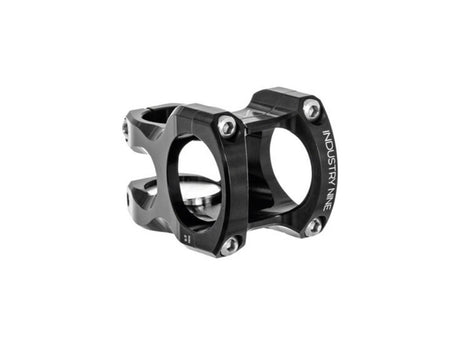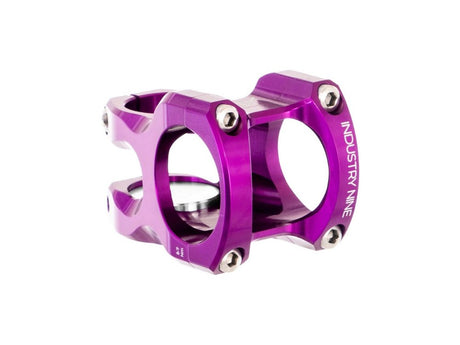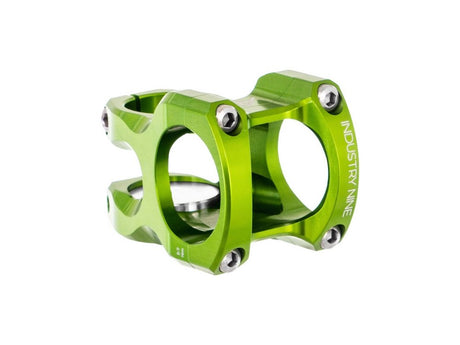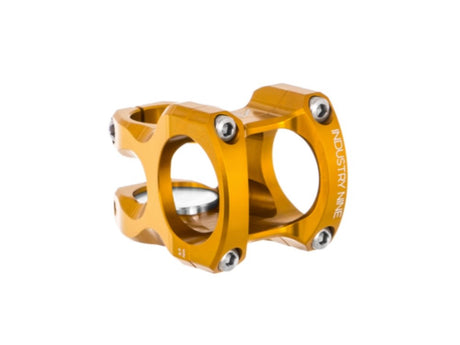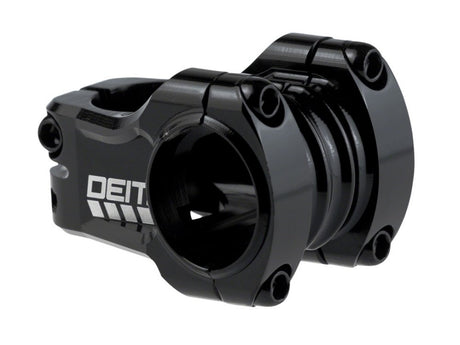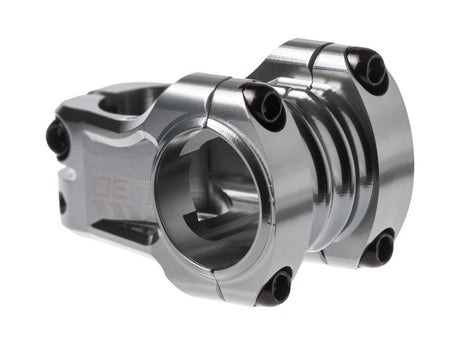Intro
Mounted directly to your steerer tube and your handlebars, your stem connects your steering inputs to your fork, helping you stay connected to the trail through the corners. While it may not be the flashiest component on the bike, with no moving parts or fun tricks, people often upgrade their stems from stock to our most popular stems, such as the Industry Nine A35 or Renthal Apex stems to save some weight and increase the bling factor of their ride.
Changing your stem has the potential to completely change how your bike handles, and is often overlooked when riders are aiming to upgrade their bike’s performance. Today, we will explain how changing their stem length will change how their bike handles and help riders decide exactly how long of a stem best suits their needs.
Changes In Stem Length
Throughout the years, stems have come down a lot in length. Looking back at pictures from the 90’s are almost laughable with the amazingly long stems that were often well over 100mm long. Nowadays, most stems are less than half that length, ranging from 50 to 32mm. While that doesn’t seem like a wide range, trust me when I say that every 5mm makes a pretty noticeable difference.
The worst misconception that I’ve heard about stem length is that it can be used to compensate for too long or too short of a reach, and that’s just not the case!
By changing up your stem length, riders can either slow down or speed up their steering, and give you a greater sense of under steering or over steering through corners. I’m going to try my hardest to not get too nerdy, but the two factors your stem changes is your weight distribution and the distance your handlebars are from your steerer tube. These two factors have huge implications for how your bike handles, and how much control you have in different situations on the trail.
Long vs Short
I recently went on a bikepacking trip with a bike that had a 60mm stem, and didn’t think anything about it. The bike was brand new to me for this trip, but I got used to its handling characteristics as you’d expect. After I got back, I went for a ride on my Chromag Lowdown with its 35mm Chromag HIFI stem and felt like I couldn’t keep the bars straight for the life of me! The front end felt so darty and all over the place, and I had a super hard time weighting the front end in any of the corners. Shorter stems make your steering more responsive and take weight off of your front wheel, meaning it takes a more attentive rider to get front wheel grip in the corners.
Conversely, the long stem on the bike I rode on my trip slowed the steering way down, requiring more dramatic sweeping motions from my hands to get the front end to change directions. It also brought my weight further forward and biased my weight more on my front wheel than my rear wheel, increasing my front wheel grip. Now this definitely sounds like short stem slander, but since I’ve gotten used to the short stem, all is well again and I don’t have any issues controlling the steering or weighting the front wheel. It really just goes to show that there are huge differences between different length stems.
Finding The Happy Medium
For myself, the goldilocks stem length between a slow, yet stable long stem, and a quick and nimble short stem sits right around the same length as my fork offset. In my experience, I’ve found that a stem that’s the same length as your fork offset gives the most neutral feeling in terms of steering speed and weight distribution. Going longer than that has given me a more delayed steering input but also a bit more weight on the front wheel, while going shorter gives a quicker steering response but less weight on the front wheel. Most importantly though, is understanding how changing your stem length affects your bike and how to get it to feel exactly how you want.
Generally, any stem between 35 and 50mm will be just fine for most riders and you’ll get used to whatever your bike has, but if you’re getting that itch to upgrade, it’s a good idea to know exactly what to expect from the new stem.
My Favorite MTB Stems
My personal favorite stems are the Deity Copperhead and the Chromag Riza. Both stems come in 31.8 and 35mm clamp diameters and are offered in a wide range of beautiful colors to tie nicely in with your personal build. When upgrading to either of these stems I highly recommend making small adjustments in your stem length, not jumping more than 10mm from your current stem length. That’s just because every difference of 5mm makes a more drastic difference than you might expect, and it’s easy to go beyond the performance changes you were originally trying to make to your bike’s handling.

